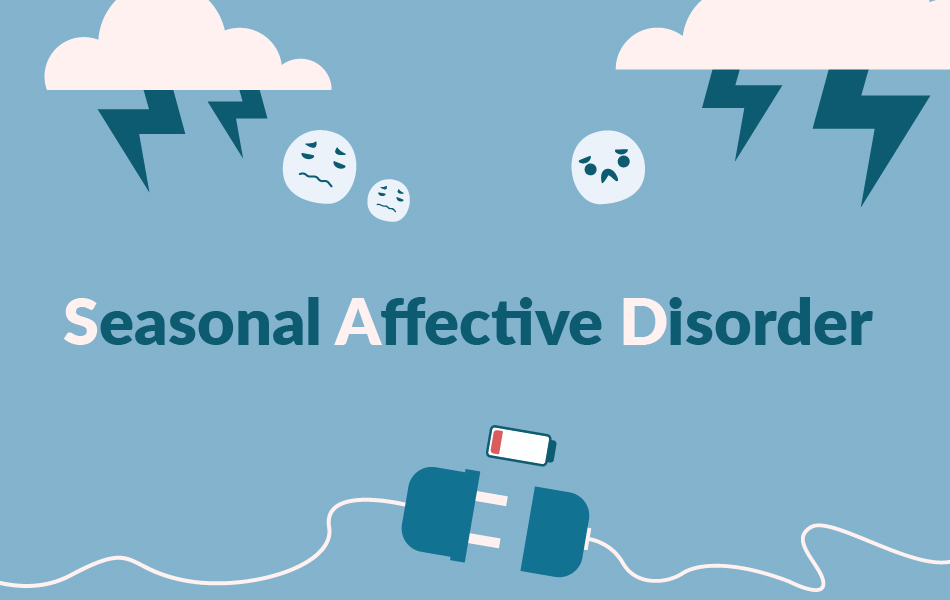
SA Youth & Mental Health
April 15, 2019
The Mental Health of an Entrepreneur
July 2, 2019Winter Blues
People often mistakenly categorize depression into two main types – clinical depression, which is serious and requires treatment, and ‘regular’ depression, which is mild and should be soldiered through.
The truth of the matter is that there are at least seven different types of depression – none of which should be ignored or considered mild – and Seasonal Affective Disorder or SAD is one of them. Commonly referred to as the winter blues, SAD is more than just feeling down during the winter months.
This cyclical mood disorder brings about constant feelings of sadness, fatigue, sleep irregularities, and more symptoms that make any level of quality in life virtually impossible.
What SAD looks like
Related to the changes in seasons, SAD usually rears its head around the same time every year, slinking back into obscurity once the warmer months begin. People with this disorder generally notice symptoms at the start of autumn, which persists throughout winter. That said, there have been cases of SAD affecting people during spring and summer months as well, although it isn’t very common.
The unique characteristic of Seasonal Affective Disorder is the cycle in which symptoms occur. So whether it’s during summer or winter, if you notice a shift in your mood that corresponds with the seasons (and persists for two or more cycles), it’s very likely you have SAD.
Symptoms of SAD tend to start out as mild, becoming more and more severe as the season goes on. These include deep feelings of depression, loss of interest in activities you used to enjoy, fatigue, problems sleeping, changes in appetite and weight, lack of concentration, and feelings of worthlessness.
As a result, you’ll find yourself oversleeping constantly, feeling tired all the time, not wanting to get out of bed, and binge eating on foods that are especially high in carbs.
What you can do about it
A full work-up is usually involved in diagnosing Seasonal Affective Disorder. Your doctor would want to do a physical exam, blood work, as well as a psychological evaluation to check for the criteria required in the diagnosis of SAD. If it’s found that you’re suffering from SAD, treatment could include light therapy, psychotherapy, and medication.
With light therapy (also known as phototherapy), the patient is exposed to a special fluorescent light for a certain amount of time each day. This bright light tricks the mind into thinking it’s receiving sunlight, and this alters brain chemistry that lifts the mood.
Antidepressants are prescribed in cases where the symptoms are very bad, as these relieve depressive episodes. And finally, psychotherapy (talk therapy) is used to help the patient adopt strategies to changenegative thought and behaviour patterns.
If you see yourself in any of the symptoms listed in this post, don’t hesitate to contact us at ZwavelStream Clinic where we can help you find balance and regain the quality of life you deserve.




